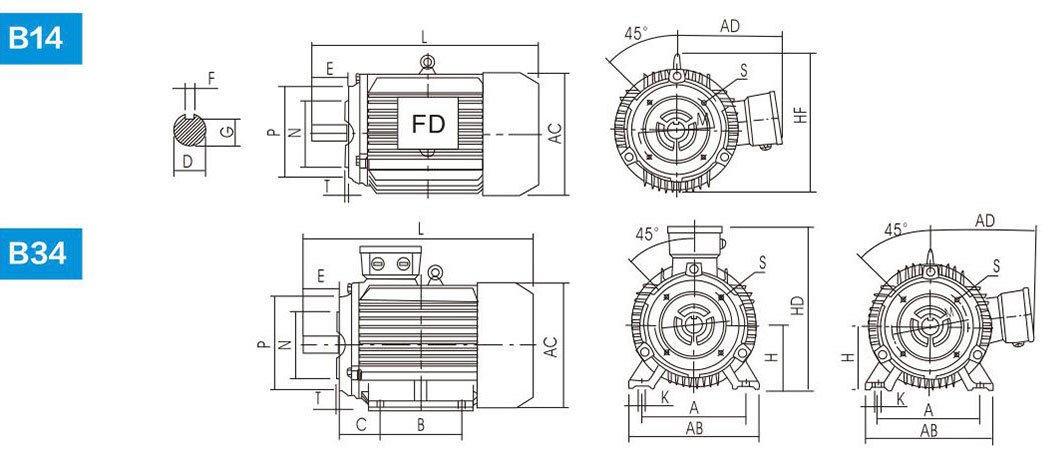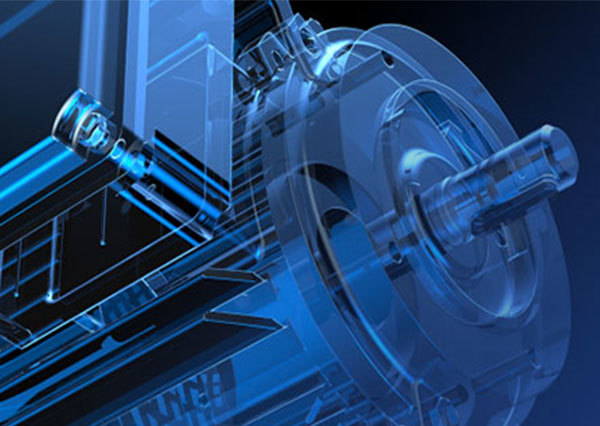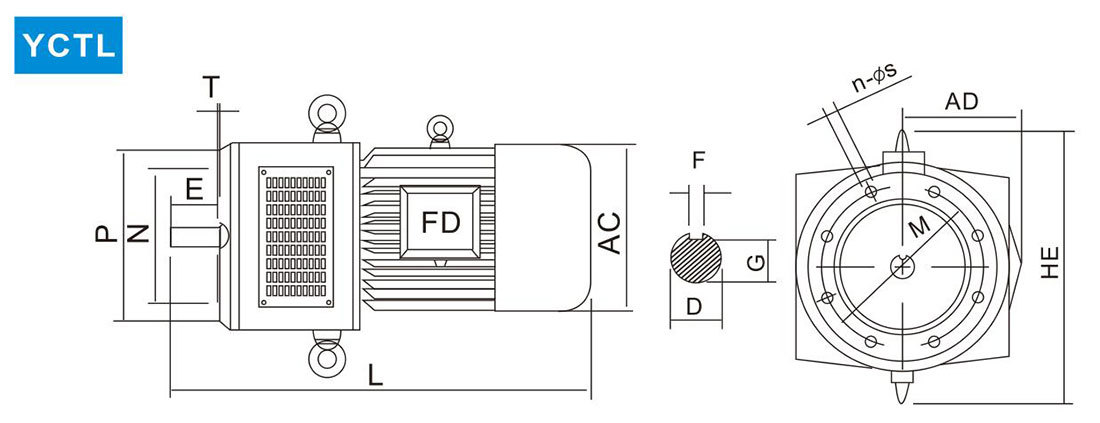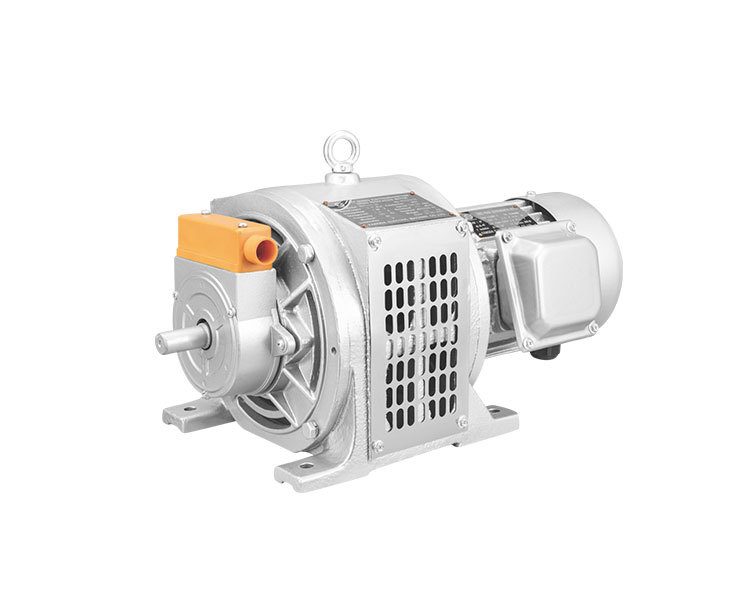WELCOME TO FANGDA ELECTRIC MACHINE CO..LTD
Understanding Three-Phase Asynchronous Motors: Key Insights for Automotive Electronics
Oct 18,2025
Three-phase asynchronous motors are widely recognized for their efficiency and reliability, particularly in applications involving automotive electronics and electrical components. These motors operate on the principle of electromagnetic induction and are characterized by their simplicity and robustness, making them an ideal choice for various automotive applications.
The primary operation of a th

Three-phase asynchronous motors are widely recognized for their efficiency and reliability, particularly in applications involving automotive electronics and electrical components. These motors operate on the principle of electromagnetic induction and are characterized by their simplicity and robustness, making them an ideal choice for various automotive applications.
The primary operation of a three-phase asynchronous motor is based on the interaction between the stator's rotating magnetic field and the rotor. When three-phase alternating current flows through the stator windings, it generates a rotating magnetic field. This magnetic field induces a current in the rotor conductors, which, in turn, creates its own magnetic field. The interaction between these two magnetic fields results in torque that drives the rotor, allowing the motor to perform mechanical work.
One of the key advantages of three-phase asynchronous motors is their ability to provide high torque at startup, which is crucial for applications such as starters and other automotive motors. Their design allows for a simple and robust construction without the need for brushes or commutators, leading to lower maintenance requirements and longer operational life.
In terms of efficiency, three-phase asynchronous motors are superior to their single-phase counterparts, particularly in high-power applications. They exhibit better performance characteristics, including smoother operation and reduced vibration, which are essential in automotive environments where reliability is paramount. Furthermore, they can easily be integrated with variable frequency drives (VFDs) to enhance control over speed and torque, offering even more flexibility in automotive applications.
Another notable feature of three-phase asynchronous motors is their versatility. They can be found in a variety of automotive applications, including but not limited to electric power steering, air conditioning compressors, and traction control systems. Their ability to operate under varying loads and conditions makes them suitable for many different automotive environments, contributing to overall vehicle performance and efficiency.
However, selecting the right motor for a specific application requires careful consideration of several factors, including load requirements, operational environment, and desired performance characteristics. Understanding the intricacies of three-phase asynchronous motors is essential for making informed decisions in the automotive industry.
In conclusion, three-phase asynchronous motors play a critical role in the advancement of automotive electronics and electrical systems. Their efficiency, reliability, and versatility make them an indispensable component in modern vehicular technology. By gaining a comprehensive understanding of these motors, automotive professionals can optimize their applications, ensuring enhanced performance and longevity for their electrical systems.
The primary operation of a three-phase asynchronous motor is based on the interaction between the stator's rotating magnetic field and the rotor. When three-phase alternating current flows through the stator windings, it generates a rotating magnetic field. This magnetic field induces a current in the rotor conductors, which, in turn, creates its own magnetic field. The interaction between these two magnetic fields results in torque that drives the rotor, allowing the motor to perform mechanical work.
One of the key advantages of three-phase asynchronous motors is their ability to provide high torque at startup, which is crucial for applications such as starters and other automotive motors. Their design allows for a simple and robust construction without the need for brushes or commutators, leading to lower maintenance requirements and longer operational life.
In terms of efficiency, three-phase asynchronous motors are superior to their single-phase counterparts, particularly in high-power applications. They exhibit better performance characteristics, including smoother operation and reduced vibration, which are essential in automotive environments where reliability is paramount. Furthermore, they can easily be integrated with variable frequency drives (VFDs) to enhance control over speed and torque, offering even more flexibility in automotive applications.
Another notable feature of three-phase asynchronous motors is their versatility. They can be found in a variety of automotive applications, including but not limited to electric power steering, air conditioning compressors, and traction control systems. Their ability to operate under varying loads and conditions makes them suitable for many different automotive environments, contributing to overall vehicle performance and efficiency.
However, selecting the right motor for a specific application requires careful consideration of several factors, including load requirements, operational environment, and desired performance characteristics. Understanding the intricacies of three-phase asynchronous motors is essential for making informed decisions in the automotive industry.
In conclusion, three-phase asynchronous motors play a critical role in the advancement of automotive electronics and electrical systems. Their efficiency, reliability, and versatility make them an indispensable component in modern vehicular technology. By gaining a comprehensive understanding of these motors, automotive professionals can optimize their applications, ensuring enhanced performance and longevity for their electrical systems.
Contact
E-mail :
Tel/ WhatsApp:
Address:
Daxi Industrial District, Daxi Town, Wenling City, Zhejiang, China






